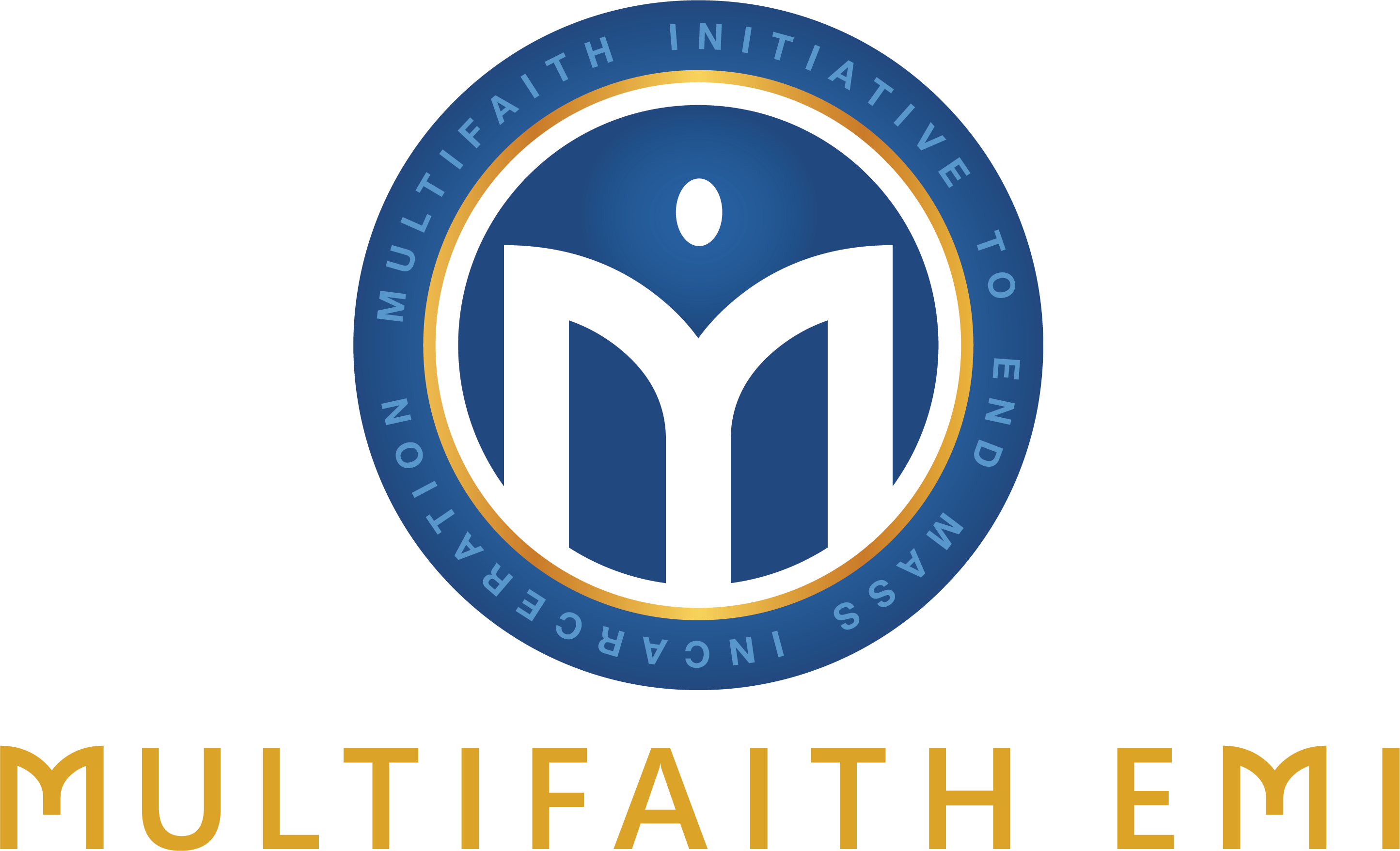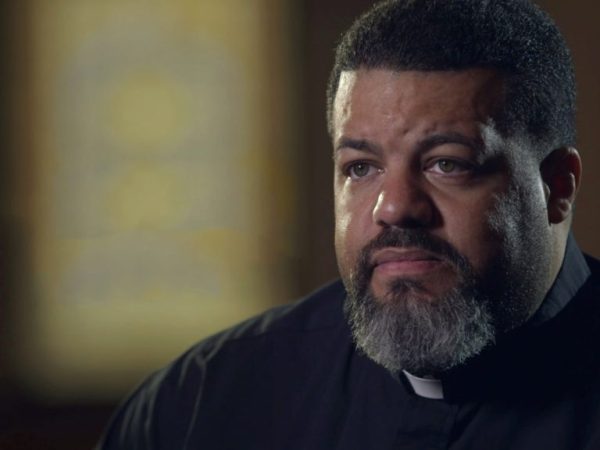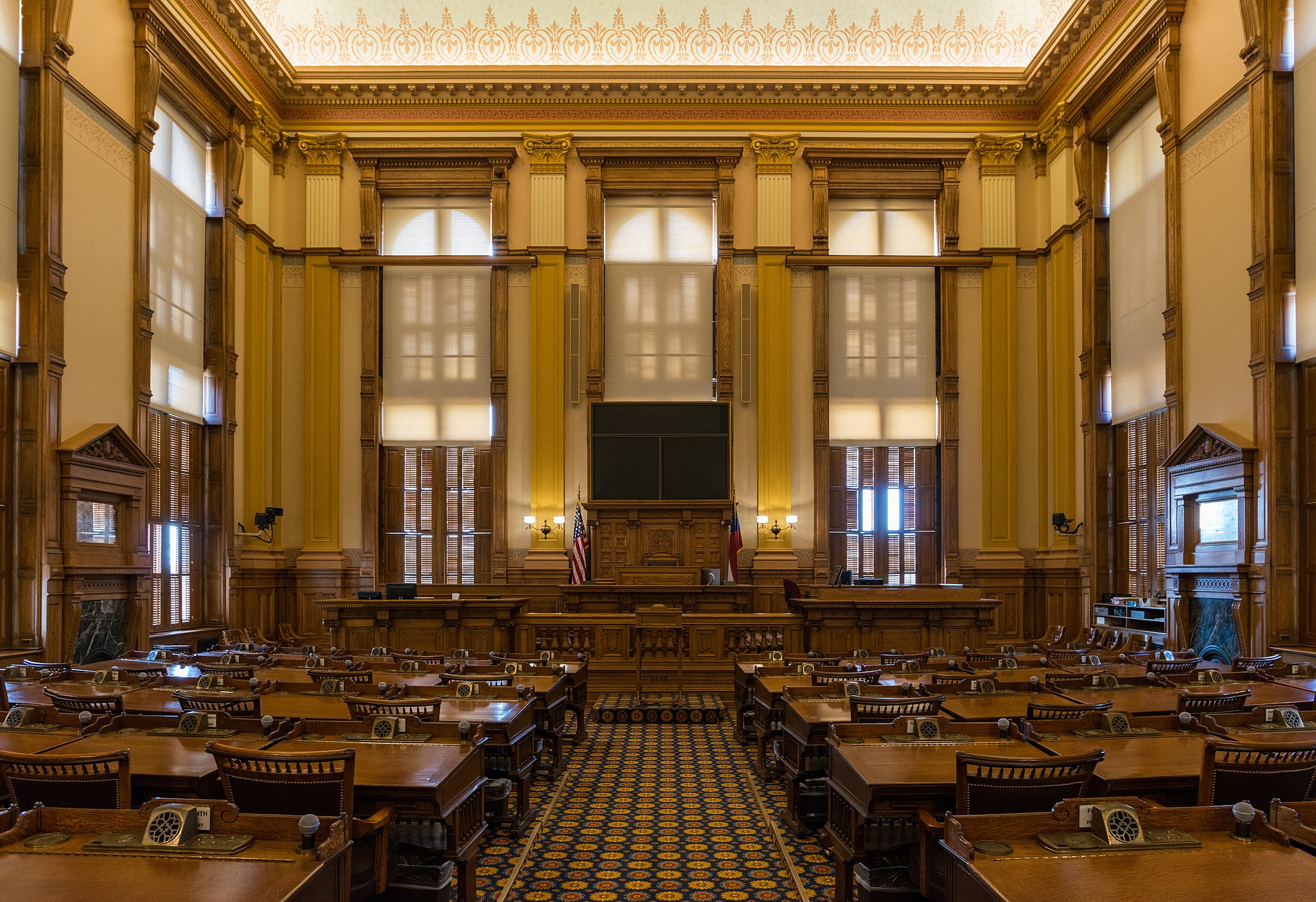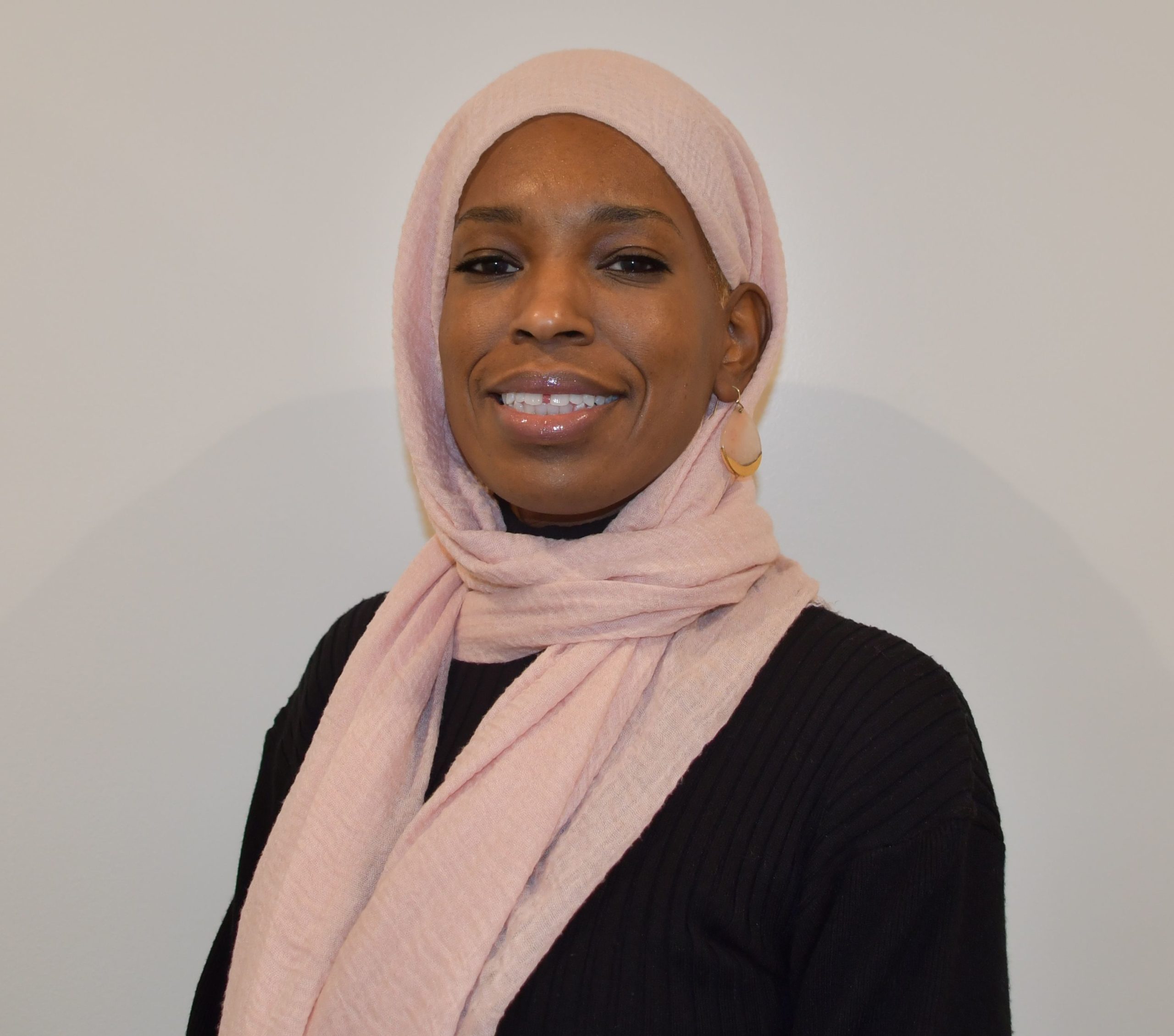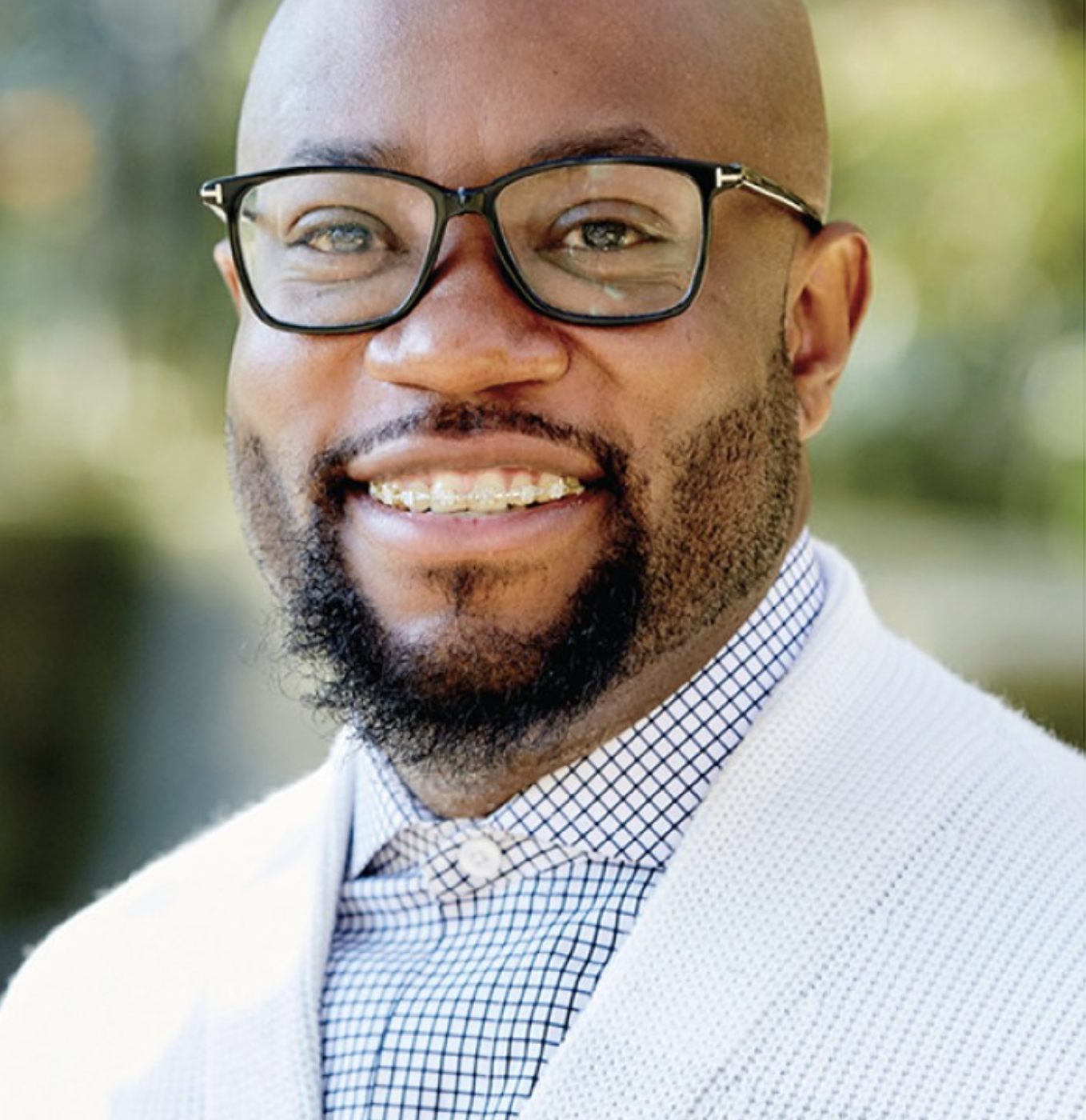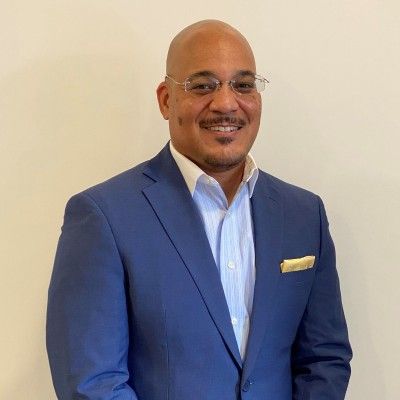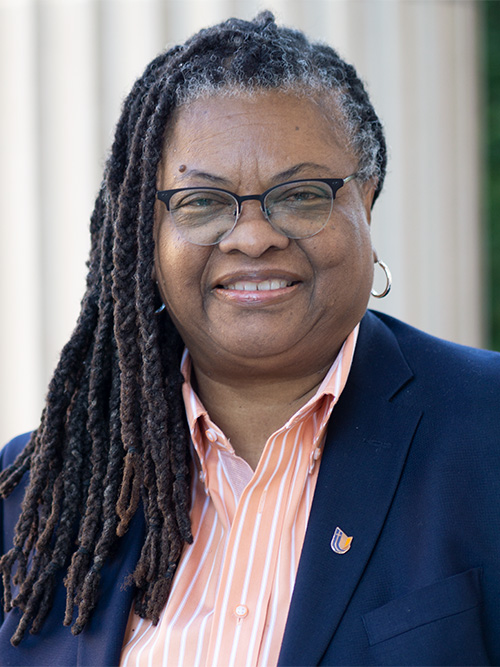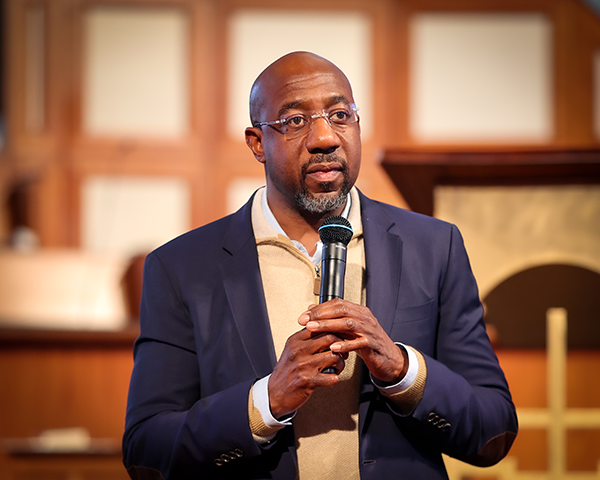I’m often asked: “We talk about the problem and NEVER talk about the solution. Tell us or point us in the right direction to do something about this issue of mass incarceration.”
As a preacher and person who was previously incarcerated, here are my thoughts. The penal system in the United States is in crisis. Prisons are overflowing, inmates are routinely dehumanized, and marginalized and impoverished communities make up the majority of the prison population. Having spent 20 years within the system as a wrongly convicted prisoner, I am uniquely placed to offer both critique and constructive guidelines for future change. There are too many nonviolent and victimless offenders in the jail system in the U.S., which causes pain for individuals, families, communities and taxpayers. Overcrowding, underfunding and nonexistent educational programs are some of the side effects of the country’s jails. When nonviolent offenders are in extended prison terms in these environments, they are not being rehabilitated; they are being merely stored away as lepers in society. The criminal system is broken and has been for a long time, but fixing the problems requires acknowledgement that there is a problem or that jails are suffering from an organizational state of dysfunction. Until the public and policymakers see that the system is in pain, there will never be an end to it. Policymakers are merely abiding by the “we’ve always done things this way” approach.
For the criminal justice system, pain stems from an inability to make changes to a system that does not work. The pattern of locking up thousands of nonviolent inmates for extended prison sentences is costing taxpayers tens of millions of dollars annually, and the result does not show that it is curbing crime. Instead of building more jails, hiring more corrections officers, giving long prison terms, and making it difficult for inmates to get probation, the best solution may be the simplest one. This involves a proactive approach, giving inmates who have not committed violent and serious offenses educational opportunities, training and ongoing support. It should not involve locking them in a system where they may struggle to readjust to life afterward, since the ongoing high number of prison inmates proves that it does not work. Making changes to jails will involve what seem to be insurmountable obstacles. As leaders, we need to show that we should fear not change, but the consequences of fearing change.
Leaders should be able to empathize, care, relate and be honest, even when faced with sensitive situations. Some people who suffer from chronic pain may not know how to live without pain because all they have known is pain. When pain is the only thing known, how does one recognize pain, acknowledge that it actually exists, and make a plan to move out of it? Because I have firsthand experience of being jailed in America’s broken system of corrections, I feel I know where the changes need to occur. I experienced pain to a great degree because of the criminal justice system and the United States’ incarceration laws. As an individual who has transitioned out of the corrections system, I have spent my years since moving forward and have opened my own church in an effort to help others who are in similar pain.
Many leaders have stood against this system of justice, but those who are in power are resistant to change. The guards who run the jails, the people in charge of allocating funding and the citizens of this country resist change when it comes to prisons. There is a lack of courage in these groups to make changes, as change creates fear. Fear of losing jobs, of safety, of doing something different and essentially of what is unknown can be reasons why people are hesitant to adapt. Even released inmates see change as fearsome, which can send them back down the wrong path, reverting to familiar patterns and behaviors even though they are unlawful. As leaders, we can advise those people that change is needed to move forward, and when facing fear, one can turn it into courage. Change can be something positive.
How can the houses of worship take a proactive approach with our formerly incarcerated?
First, we need to focus on language: “Inmate.” “Formerly incarcerated.” “Felon.” It’s imperative that we change the cultural mindset because the aforementioned words strip us of our humanity. Christianity in particular must account for a painful history—a history of willful bloodshed that has been theologically justified. There is a disconnect between faith commitment and the institution of politics, and a striking disparity between the religious foundations of law and the punishment now practiced. It is disturbing that faith communities have not united in response to the existing crisis in the prison industrial complex. This observation is motivated by the silence of most religious institutions and the inadequacy of current prison ministry. Ministry programs need to be implemented to effectively transform individual lives, communities in need and the penal system at large.
There is an ongoing discourse to determine whether punishment should function as a means for rehabilitation or retribution; if it is to operate for utilitarian purposes or deterrence; and whether its purpose is to be retrospective or prospective. Based on my experience, I believe the current penal system has no positive aim. I believe we can transform the criminal MULTIFAITH REFLECTIONS & ORGANIZATIONS 23 RESOURCES & ACTION TOOLKIT | THE MULTIFAITH INITIATIVE TO END MASS INCARCERATION justice system from one that seeks vengeance to one that restores by focusing on how different approaches to punishment can heal instead of harm. Restorative justice is a developing social movement that works to institutionalize nonviolent resolutions to criminal and human rights violations.
This goal can be attained when the person who joins the religious ministry in prison and follows the steps outlined in the program gains the desire to approach those they have wronged to seek forgiveness and to move on. By taking the first steps in the prison ministry and finding a way to actively pursue betterment in their own lives, the returning citizens will be able to present themselves as penitent individuals. They will be willing to meet and discuss circumstances to provide closure and even provide some form of compensation as a means of righting the wrong they have done. Of course, this concept must be broad in its initiative because a variety of criminal acts require various forms of meetings with the injured party. Overall, though, the prison ministry will provide a valuable framework for connecting criminals to the community so they can improve the lives of people they once harmed.
Presently, in most states, people with felony convictions are prohibited from obtaining over 100 professional licenses. Yet education is one of the major factors proven to significantly reduce the rate of recidivism. Subsequently, a form of higher education for people who are incarcerated can be a way to restart individual lives and to challenge a misguided theology. If the intended objectives of the prison industrial complex and education were meant to help a person successfully reintegrate back into society, then why are people with felony convictions prohibited from obtaining professional licenses? For instance, in New York, people with criminal convictions cannot apply for a license to be a plumber, electrician or a barber while on parole. How are we who have served time in prison and those who continue to do so going to successfully re-enter society if we cannot find employment in the field we learned while incarcerated?
How will recidivism decrease if we cannot secure employment, support our families and participate in a positive way in the civic, social and political life of our communities, especially in these tough economic times? When does the punishment really end, if it really ever does? These questions imply that individual transformation, through education in prison, coupled with the application of restorative justice (in communities that are most affected by crime and punishment), must also be coupled with broader restorative policies. How can we educate and mobilize faith-based communities to develop effective prison ministry programs that attend to the importance of individual transformation and community restoration, as well as the importance of systemic change?
The moment that a person makes the transformation from prisoner to citizen is incredibly significant. After all, the person now has to find a home and a job, make connections and secure transportation. A prison ministry has the power to ease this burden and make the process of reintegration less risky for the returning citizen. There have been several different approaches to this issue that other ministries have utilized, which can serve as a guide for prison ministries. The first way a prison ministry can reduce the chance of recidivism is by providing housing to former inmates, which enables them to succeed at reintegrating. Helping those in a prison ministry locate another source of religious support outside of the prison, such as a church, also has been shown to prevent recidivism. Therefore, houses of worship should adopt a “returning citizen.”
